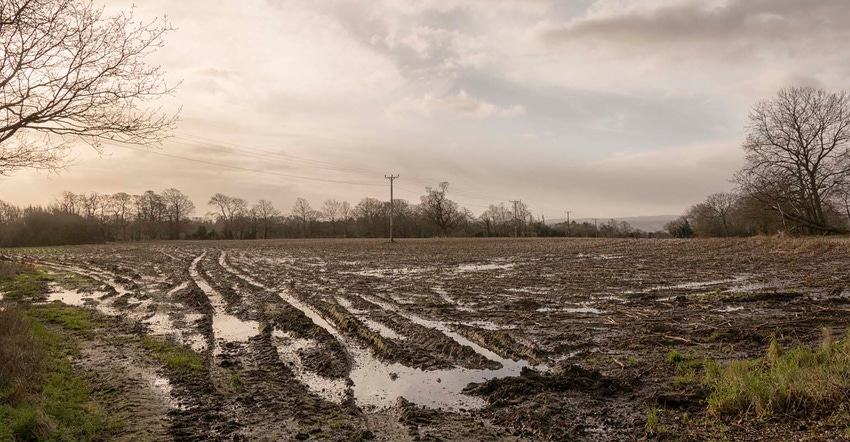June 5, 2017

We happen to be one rain away from making the Prevented Planting decision. Some locations are already wet enough they are making that decision.
A quick run at the numbers:
Assume:
180 BPA Insurance Yield
85% insurance level
$3.96 corn discovery price
A change in the policy has reduced corn payment to 55% of the insurance amount. (Prior to March 15th, you could have elected to increase prevented planting to 60 or 65%)
Here is what it boils down to:
180 * 85% * $3.96 * 55% = $333 per acre prevented planting payment
Now it’s time to decide if you’re willing to walk away. My insurance agent tells me most will not. It becomes an issue of pride. Guys just prefer to seed crops growing. I don’t disagree, lush green fields look better.
Let’s go back to December. Profit projections were not very good. They haven’t gotten any better. Statistically, we’ve already lost 10-15% yield by planting late. There goes the profit! Since I took the PP 10, my payment in the example above would be slightly higher than the example above. After taking off the rent and fixed expenses, I could walk away with $54. It sure isn’t a bell ringer, but the bills would be paid and we’ll fight another year.
I’ve over simplified the prevented plant scenario as there are many more facets such as planting to a second crop, planting/harvesting a cover crop, proving acreage and/or rotation history, and more.
If you are considering prevented planting, I urge you to contact your crop insurance agent. We have talked to ours about 5 times already this week. There are also deadlines for initiating the claim.
Since I began writing this, we have continued to inch forward. We may finish tomorrow if the last fields work up to a plant-able state. To keep life full, we are also spraying, side dressing, and replanting. We are not satisfied with early control on many of the cornfields. By the calendar it is time to spray the beans fields, even though they aren’t too dirty, from experience we know to spray non gmo more based on days after planting than perceived weed pressure.
The opinions of the author are not necessarily those of Farm Futures or Penton Agriculture.
About the Author(s)
You May Also Like






